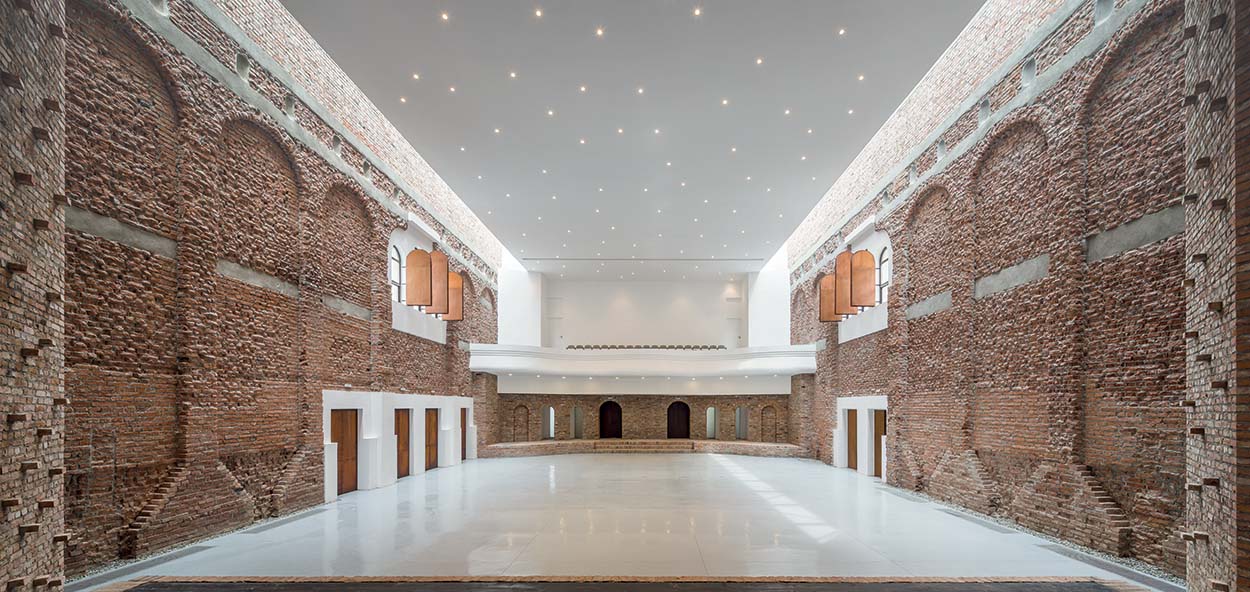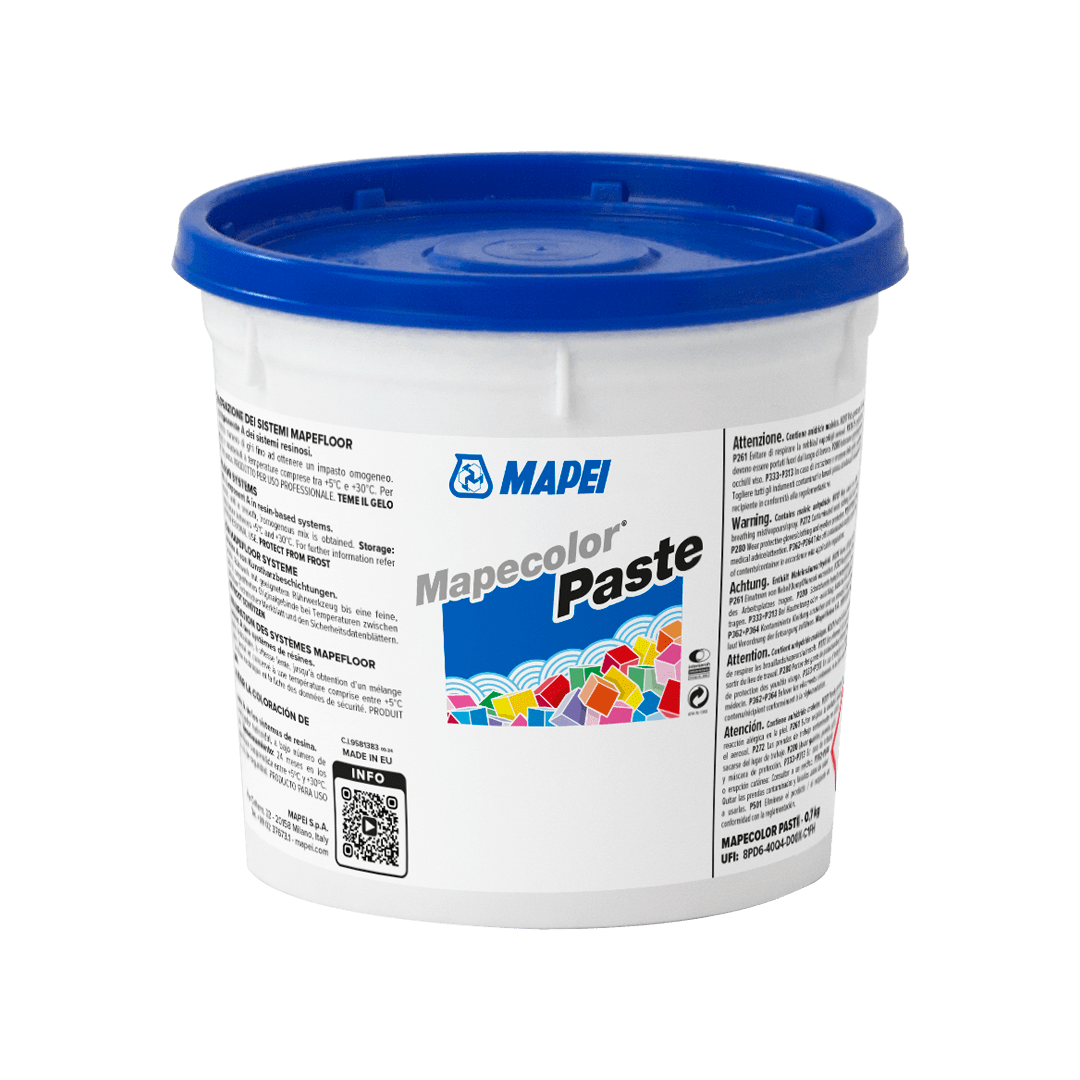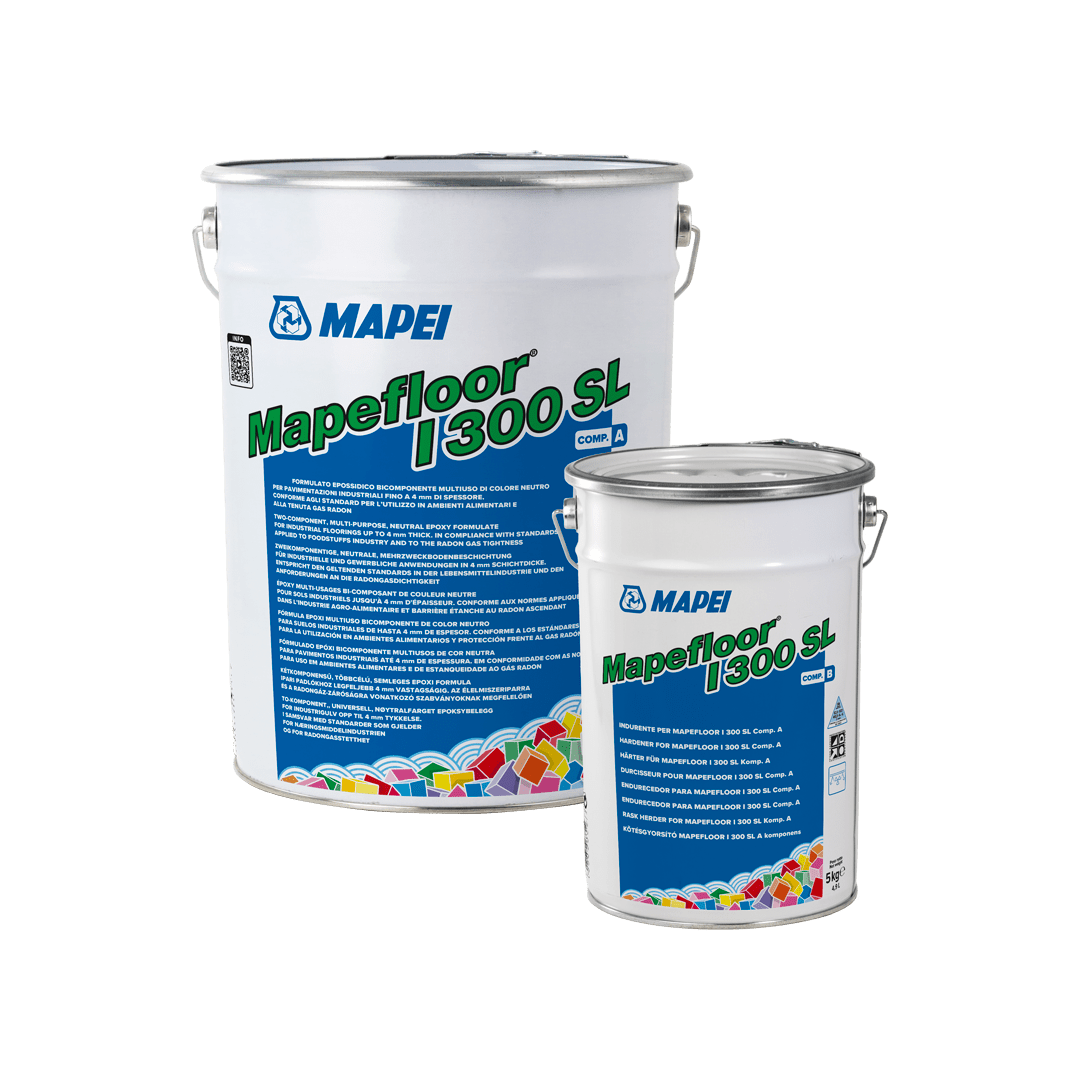
Blaj Cultural Palace
Resin flooring is the centrepiece of a spectacular refurbished historical landmark.
In Blaj, a small Romanian city in the Transylvania Region, the Blaj Cultural Palace has been given a new lease of life after undergoing important renovation works. And today, the Blaj Cultural Palace has regained its place as one of the most significant cultural sites in Transylvania and is so important that it has been included in a list of monuments of historical interest covered by a national preservation order.
In Blaj, a small Romanian city in the Transylvania Region, the Blaj Cultural Palace has been given a new lease of life.
The Romanian architect Vlad Sebastian Rusu has breathed new life into this “Palace of Culture”, which was built in 1930 and had been left in a state of ruin after being devastated by fire in 1995.
The building was originally designed by the Bucharest architect Victor Smigelschi as the headquarters of a Transylvanian cultural association. It was then renovated in 1960 to provide the city with a cinema, a library, a wire broadcasting centre and a museum about the history and background of the region.
The architect managed to find old photos of the exterior of the building which allowed him to restore the structure to its original condition. Old photos of the interior of the building, however, could not be found. This meant that Resu had more freedom to express his creativity and he chose to create simple, spacious areas inside the building that could be easily adapted to suit different activities.
The main hall now has a stage and seating for up to 250 people. The walls of the hall were stripped of their render, which revealed solid walls incorporating large arches, multi-faceted columns and features protruding from the walls.
The roof was rebuilt which gave the hall the sensation of being more spacious, with large skylights designed to create a kind of buffer zone between the old elements and the new features and to highlight its array of different patterns. The areas used for storage and the service rooms were transferred to the basement, which meant the ground floor could be left completely free to be used as a foyer and to house all the backstage structures.
The first floor is used for extra storage space and is also home for the offices of the Alba branch of the Romanian Academy, a cultural organisation which promotes Romanian art, science and literature.
The project also included new electrics, a new heating system, new sanitary and ventilation systems and renovation work on a courtyard on the south-eastern side of the building.
ARTS, RESINS & FUNCTIONALITY
As part of the redevelopment work on the building, a new resin flooring was designed to enhance the aesthetical beauty of this artistic palace: MAPEFLOOR I 300 SL was the best candidate for this purpose. Preliminary work involved installing a new substrate made from TOPCEM, special hydraulic binder for normal-setting, rapid-drying (4 hours), controlled shrinkage screeds.
A coat of PRIMER SN, fillerized epoxy primer, was applied on the new screed and, while it was still wet,it was immediately lightly broadcast with QUARTZ 0.5 so that the coat of resin applied later would form a perfect bond.
Once the primer had hardened, MAPEFLOOR I 300 SL, used as a self-levelling resin with 2 mm thickness, was pigmented
with MAPECOLOR PASTE, coloured paste system and it was
spread over the surface.
MAPEFLEX PU 45 one-component, rapid-hardening, paintable, thixotropic, high modulus polyurethane sealant and adhesive was then used to seal the expansion joints in the flooring.
MAPEFOAM foam cord was preliminary used to calibrate the depth of the sealant in the joints.
Work on the refurbishment of the Cultural Palace started in 2013 and was completed in the spring of 2016.
And today, the Blaj Cultural Palace has regained its place as one of the most significant cultural sites in Transylvania and is so important that it has been included in a list of monuments of historical interest covered by a national preservation order.















